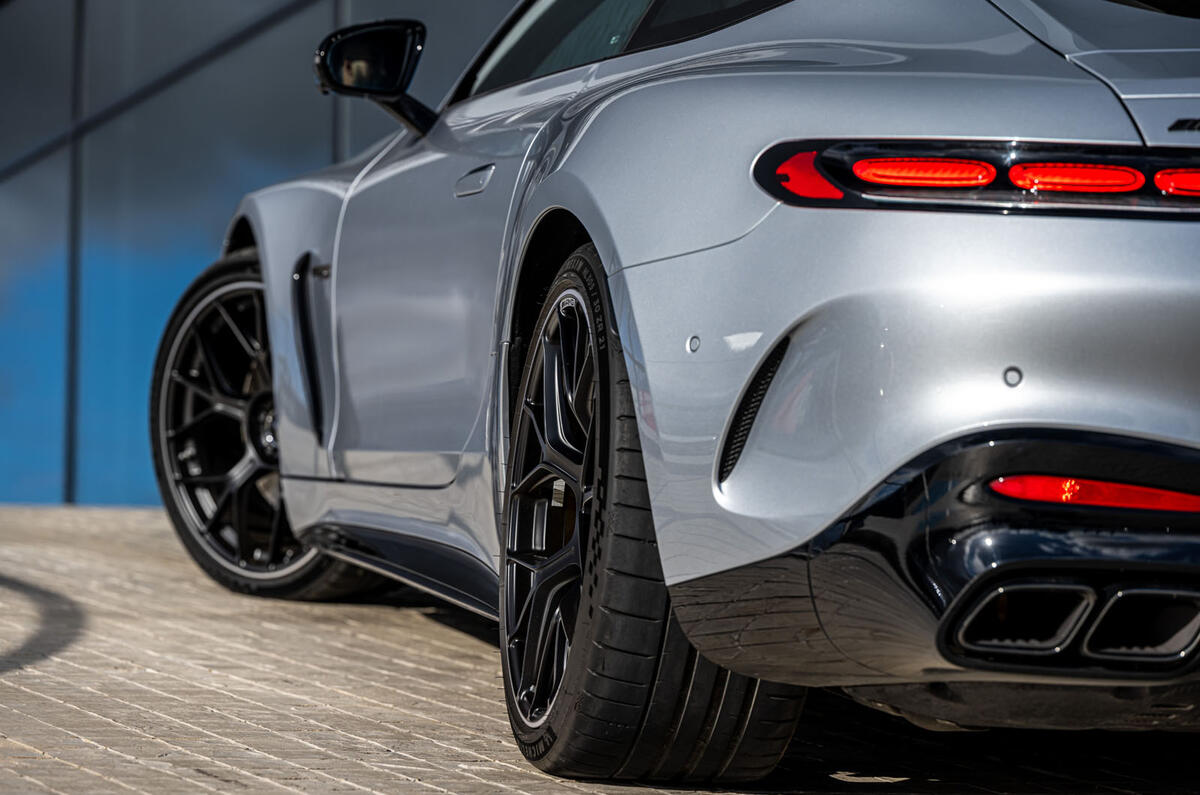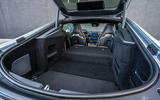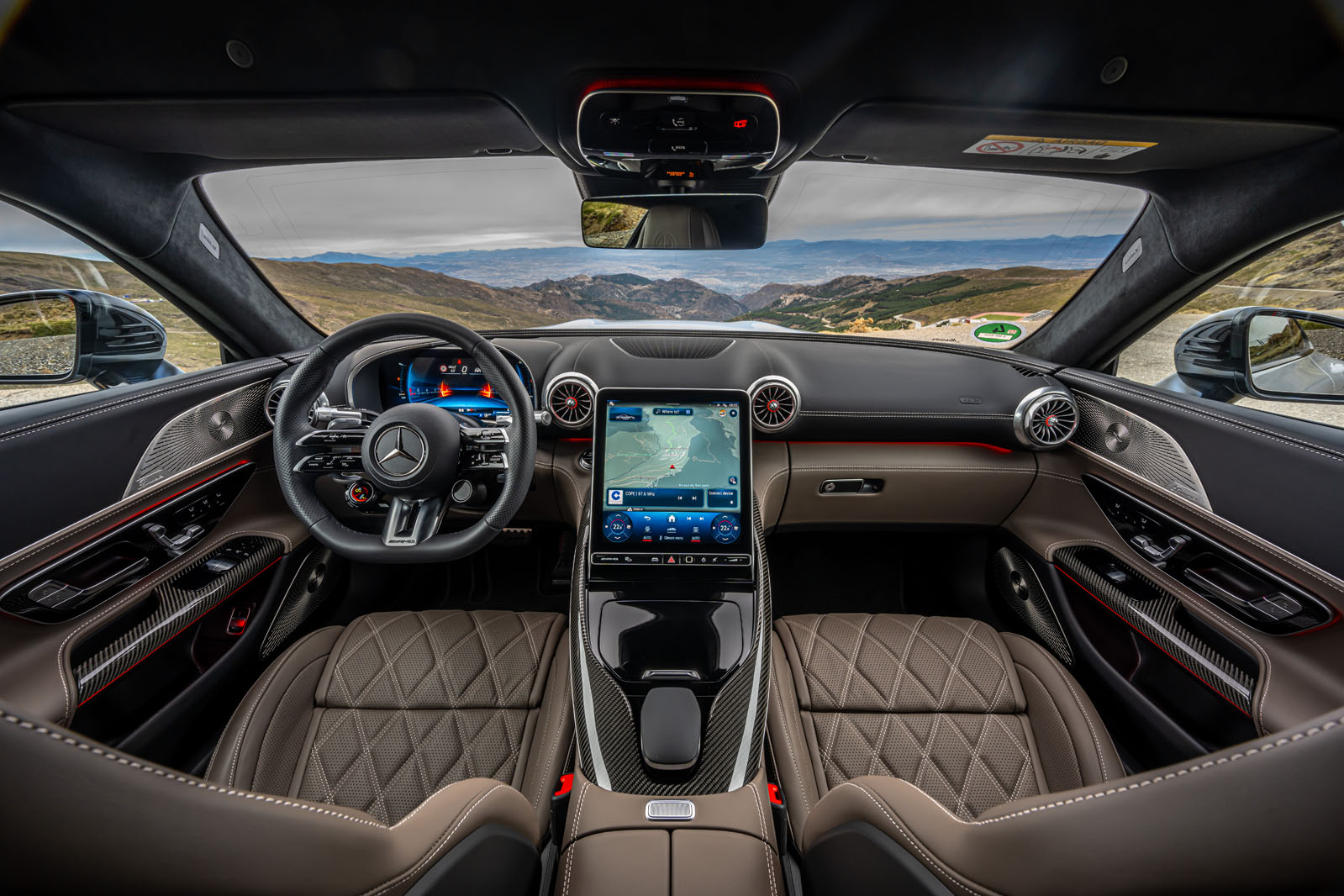Confirmation bias must be something that car-makers account for when they’re doing their market research - mustn’t it?
In press material - for cars like this new Mercedes-AMG GT sports car, and so many others - the feedback of owners of the outgoing model is treated with gospel reverence. “We kept everything they liked, but also addressed every absence of failing they identified,” we’re told.
Little is said about the opinions and feedback of others. What about David, 59, from East Sussex, for instance? David liked the look of the last Mercedes-AMG GT. But, after scaring himself paler than the cream of his favourite cotton slacks when he opened up the taps on a slightly bumpy and damp B-road during a test drive, he duly decided that another Porsche 911 was in order.
David didn’t buy a Mercedes-AMG GT; and, very often when it comes to ‘discretionarily bought’ sports cars especially, I wonder if that makes his opinion mute. David’s is the money they should be bidding for, surely? But because banking on the deposit of someone with a track record of actually handing it over is a much safer bet, that’s what manufacturers so often seem to do.
This second-generation of AMG’s range-topping super sports car feels like it could have done with a bit more confirmation bias adjustment. It differs significantly from Affalterbach’s first-gen model in several quite fundamental ways. And yet, to drive, not so much.
























































